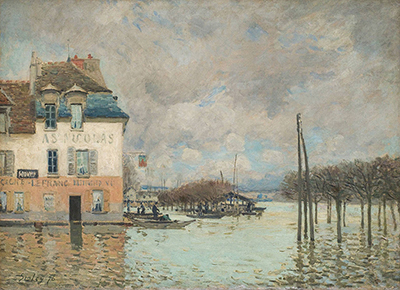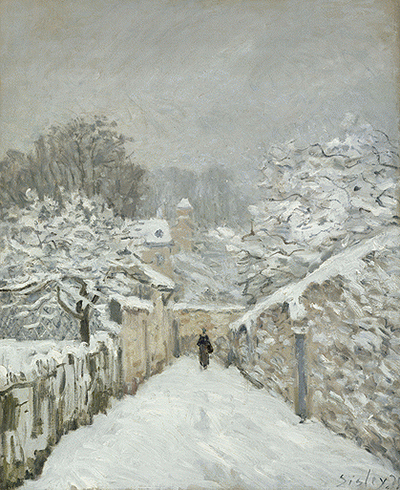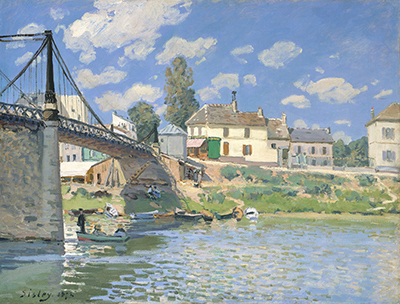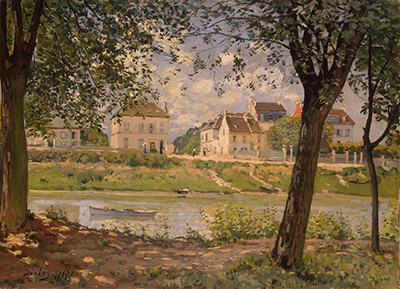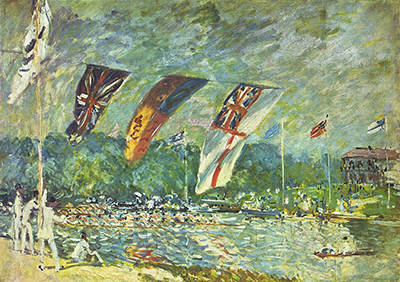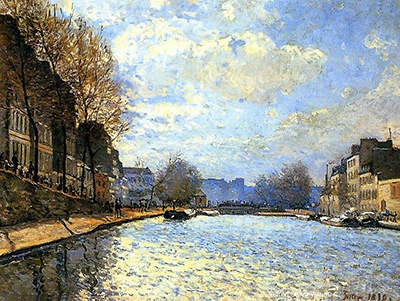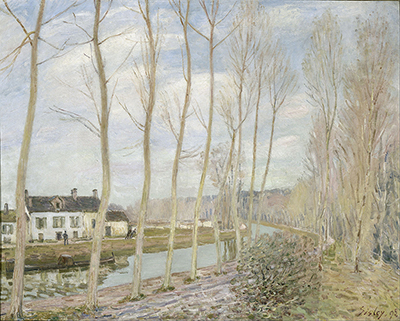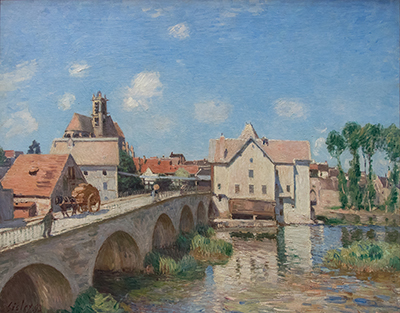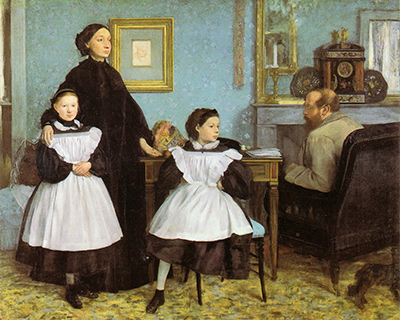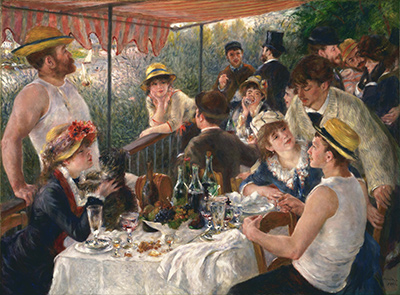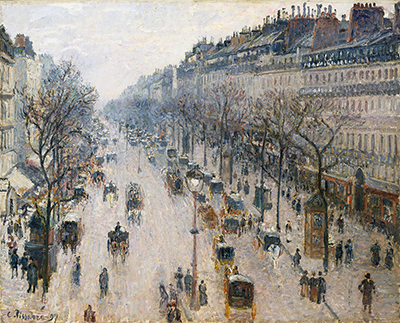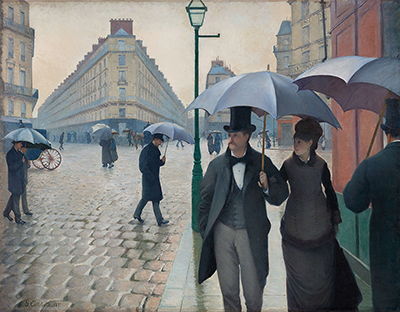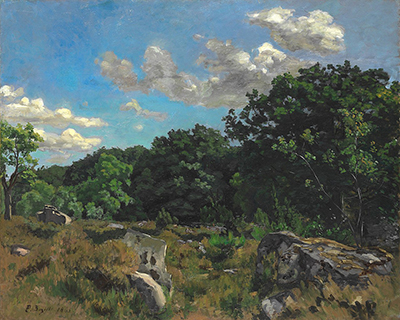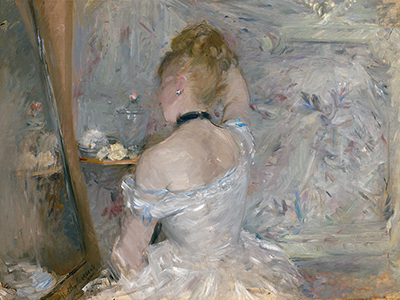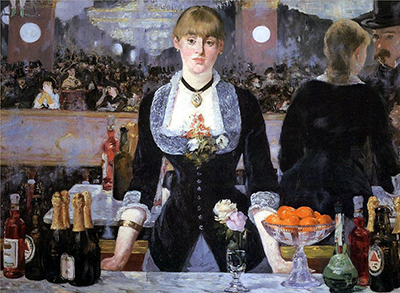Between 1872 and 1879, Alfred Sisley produced two series of paintings at Port-Marly. In December 1872, Sisley painted four portraits showing the floods at port-Marly, and in 1876 another upsurge was experienced. He accomplished his seven paintings as documentary evidence of its different stages.
Sisley moved to the village of Marly-le-Roi in 1874 and became the teller of tales of this village, located a few kilometers to the west side of Paris. His motive was to capture Seine burst its banks. In 1876, during spring, there was flooding in the neighboring village of Port-Marly, and the artist produced seven paintings of this event. He used the impressionism technique to paint the pictures on a canvas using oil paints. Sisley is celebrated for creating the inviting and atmospheric landscapes that exemplify the Impressionism movement. His preference was to paint outdoors instead of a studio, and the direct air method enabled him to directly examine and transliterate the natural sunlight of the French countryside. The painting shows the rue de Paris in Port-Marly. He captured the vast area of water with motion reflections that changed the serene house of a wine trader into something puzzling and poetic.
To the right, behind a double row of trees, we can see the Seine. Under a charging sky that is full of clouds, the rising water level is beginning to flood the pavement and the road. Sisley places the house in a direction, markedly leaving a large space for water and the sky. To reflect the flooded area, he used broad brushstrokes placed alongside each other and light colors. Sisley expressed the solidarity of the painted house and the colored walls with precise brushwork. The permanence and stability of the factual elements vary with the rapid movements of the floodwater. The existence of the human figures supports the impression of a typical day changed by a distressing invasion where the everyday aspect of things substitutes a new, disturbing, enigmatic, and unexpected expression.
Sisley was an inspiration to Pierre-Auguste Renoir, Claude Monet, and Frederic Bazille. Together they painted landscapes in the open air to convincingly capture the momentary effect of sunlight. Little is known about his relationship with the paintings of John Constable and J. M. W. Turner. However, there are suggestions that these artists influenced his development of impressionism skills. Sisley also received inspiration from Gustave Courbet and Jean-Baptiste-Camille Corot painting techniques. Two of his 1876 series of paintings are present in Musée d'Orsay. One is hanging in the museum while the other is at the Musée des beaux-arts de Rouen.
More Impressionist Artists



